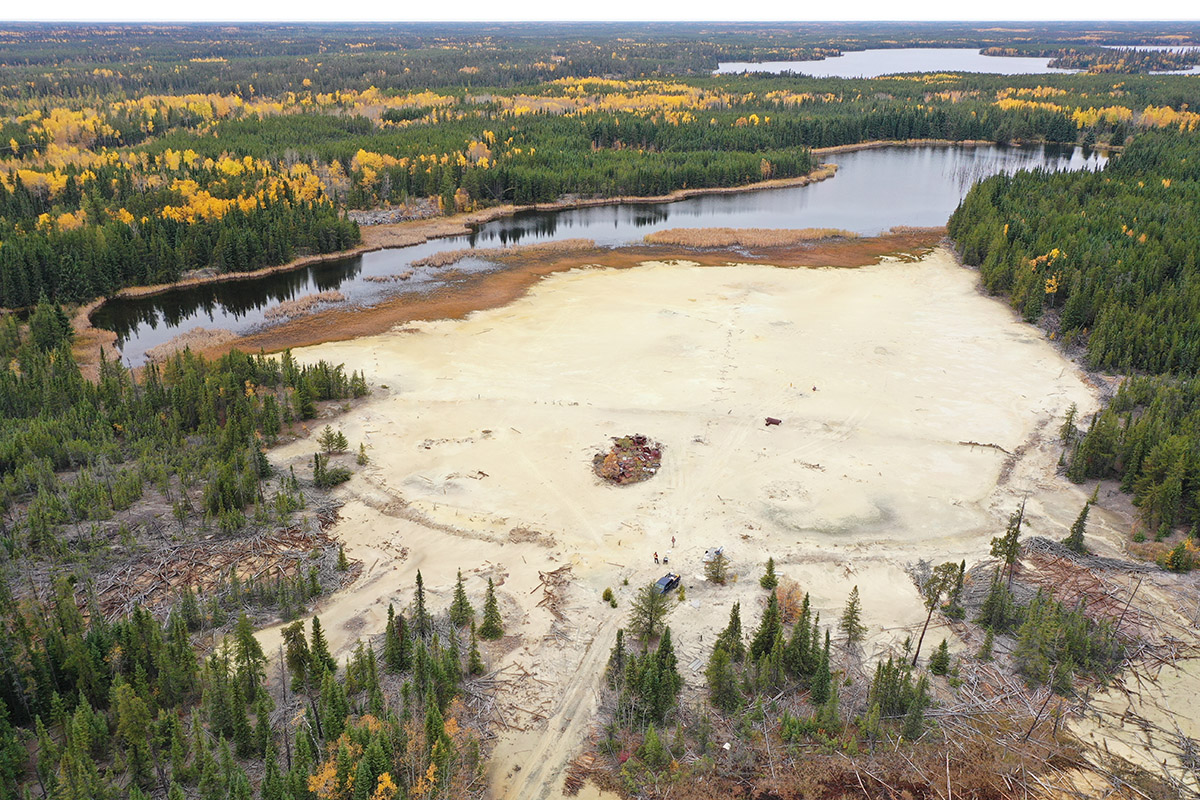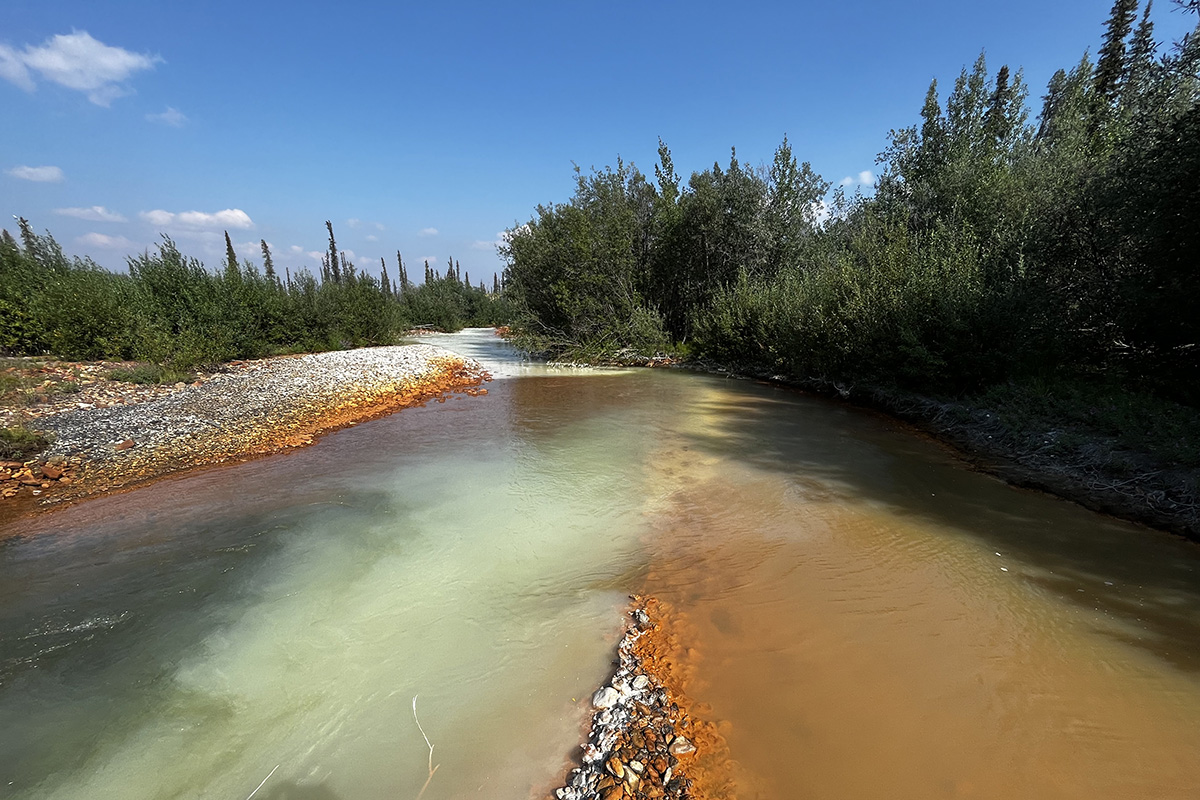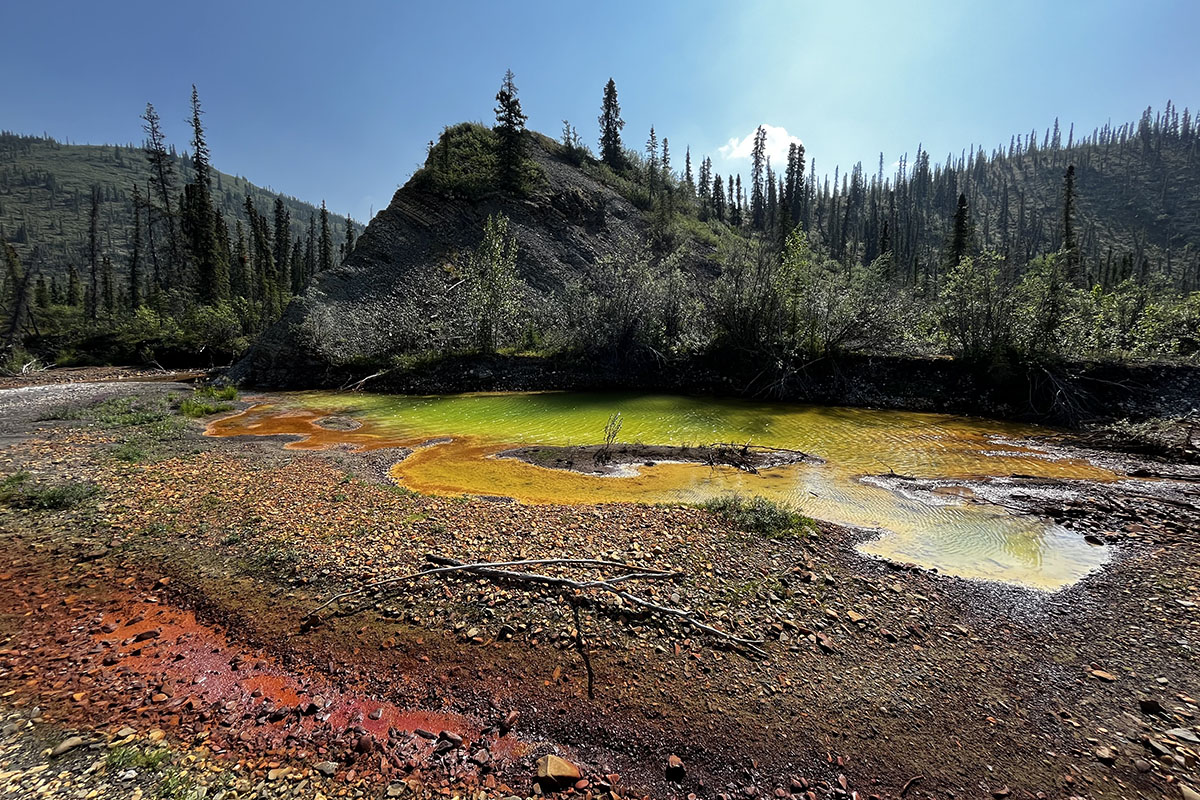|
Current Trainees
Researchers: Dr. Valerie Schoepfer, Dr. Ardalan Hayatifar
Doctoral Students: Sanaz Hasani, Eduardo Marquez
Master's Students: Brian Greflund, Tommy Avram, Petra Squirra, Drake Meili
Selected Publications (current/former trainees bolded)
Ferry, S.R., Abdolahnezhad, M. & Lindsay, M.B.J. (In Press). Acid neutralization and metal mobilization in oil sands froth treatment tailings. Geochemical Transactions.
Lum, J.E., Schoepfer, V.A., Jamieson, H.E., McBeth, J.M., Borcinova Radkova, A., Walls, M.P. & Lindsay, M.B.J. (2023) Arsenic and antimony geochemistry of historical roaster waste from the Giant Mine, Yellowknife, Canada. Journal of Hazardous Materials, 458: 132037. https://doi.org/10.1016/j.jhazmat.2023.132037
Lindsay, M.B.J., Vessey, C.J. & Robertson, J.M. (2019). Mineralogy and geochemistry of oil sands froth treatment tailings: Implications for acid generation and metal(loid) release. Applied Geochemistry, 102: 186–196. https://doi.org/10.1016/j.apgeochem.2019.02.001
Lindsay, M.B.J., Moncur, M.C., Bain, J.G., Jambor, J.L., Ptacek, C.J. & Blowes, D.W. (2015). Geochemical and mineralogical aspects of sulfide mine tailings. Applied Geochemistry, 57: 157-177. https://doi.org/10.1016/j.apgeochem.2015.01.009
Funding, Support, and Partnerships
NSERC Industrial Research Chairs program (Grant No. IRCPJ 463568-18); NSERC Alliance Grants program (Grant No. ALLRP 560243-20); Canadian Light Source (Peer-Reviewed Proposal Access); Giant Mine Oversight Board; Syncrude Canada Ltd.; Suncor Energy Inc.; Orano Canada Inc.
|
|
Current Trainees
Postdoctoral Fellows: Dr. Valerie Schoepfer, Dr. Ardalan Hayatifar
Selected Publications (current/former trainees bolded)
Hayatifar, A., Gravelle, S., Moreno, B.D., Schoepfer, V.A. & Lindsay, M.B.J. (2024). Probing atomic-scale processes at the ferrihydrite-water interface with reactive molecular dynamics. Geochemical Transactions, 25: 10. https://doi.org/10.1186/s12932-024-00094-8
Schoepfer, V.A. & Lindsay, M.B.J. (2022). Repartitioning of co-precipitated Mo(VI) during Fe(II) and S(-II) driven ferrihydrite transformation. Chemical Geology, 610: 121075. https://doi.org/10.1016/j.chemgeo.2022.121075
Vessey, C.J., Schmidt, M.P., Abdolahnezhad, M., Peak, D., & Lindsay, M.B.J. (2020). Adsorption of (poly)vanadate onto ferrihydrite and hematite: An in situ ATR–FTIR study. ACS Earth and Space Chemistry, 4: 641–649. https://doi.org/10.1021/acsearthspacechem.0c00027
Vessey, C.J. & Lindsay, M.B.J. (2020). Aqueous vanadate removal by iron(II)-bearing phases under anoxic conditions. Environmental Science and Technology, 54: 4007–4015. https://doi.org/10.1021/acs.est.9b06250
Funding, Support, and Partnerships
NSERC Discovery Grants program (Grant No. RGPIN 2020-05172); NSERC Industrial Research Chairs program (Grant No. IRCPJ 463568-18); Canadian Light Source (Peer-Reviewed Proposal Access).
|
|
Current Trainees
Master's Students: Matt Fellwock, Emilie Perreault
Selected Publications (current/former trainees bolded)
Skierszkan, E.K., Dockrey, J.W. & Lindsay, M.B.J. (2025). Metal mobilization from thawing permafrost is an emergent risk to water quality. ACS ES&T Water, 5: 20–32. https://doi.org/10.1021/acsestwater.4c00789
Skierszkan, E.K., Schoepfer, V.A., Fellwock, M.D., Dockrey, J.W., Hayatifar, A., Bondici, V.F., McBeth, J.M., & Lindsay, M.B.J. (2024). Arsenic mobilization from thawing permafrost. ACS Earth and Space Chemistry, 8: 745–759. https://doi.org/10.1021/acsearthspacechem.3c00355
Skierszkan, E.K., Carey, S.K., Jackson, S.I., Fellwock, M.D., Fraser, C., & Lindsay, M.B.J. (2024). Seasonal controls on stream metal(loid) signatures in discontinuous permafrost. Science of the Total Environment, 908: 167999. https://doi.org/10.1016/j.scitotenv.2023.167999
Mowat, A.C., Francis, D.J., McIntosh, J.C., Lindsay, M.B.J., & Ferguson, G.A.G. (2021). Variability in timing and transport of Pleistocene meltwater recharge to regional aquifers. Geophysical Research Letters, 41: e2021GL094285. https://doi.org/10.1029/2021GL094285
Funding, Support, and Partnerships
NSERC Discovery Grants program (Grant No. RGPIN-2020-05172); CFREF Global Water Futures Program; NRC Arctic and Northern Challenge Program; Canadian Light Source (Peer-Reviewed Proposal Access).
|




